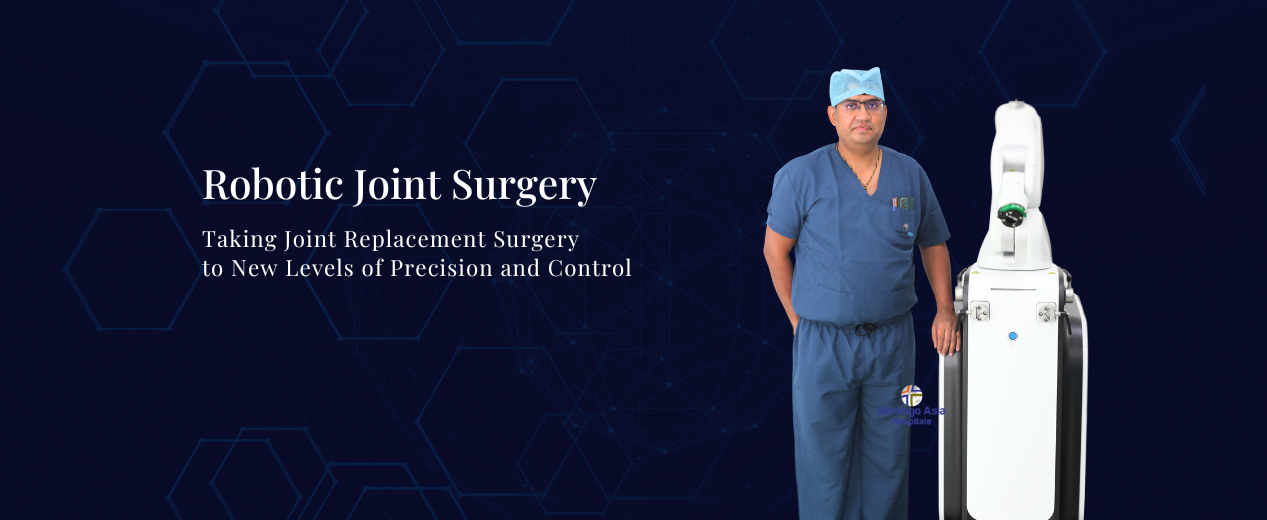
Robotic total knee replacement surgery leverages advanced robotic technology to enhance precision and accuracy during the procedure. With this approach, a 3D model of the patient’s knee is created, allowing the surgeon to meticulously plan the surgery and customize the treatment to the patient’s unique anatomy. During the operation, the robotic system assists the surgeon in executing the pre-defined plan with a high degree of accuracy, enhancing the positioning and alignment of the knee implant. This precision can potentially lead to improved outcomes, reduced risk of complications, and enhanced longevity of the implant.
The benefits of robotic total knee replacement include greater surgical precision, leading to potentially better alignment and positioning of the knee implant. This heightened accuracy may contribute to improved joint function, stability, and overall satisfaction for the patient post-surgery. Additionally, the minimally invasive nature of robotic-assisted procedures may result in reduced tissue damage, less blood loss, and faster recovery times compared to traditional knee replacement surgery. Moreover, some studies suggest that robotic assistance may lead to fewer revisions or adjustments to the implant over time, potentially reducing the need for additional surgeries and enhancing long-term joint health.
Robotic total knee replacement also offers the potential for a more personalized approach to surgery, as the technology allows for meticulous planning and customization based on the patient’s unique anatomy. This personalized treatment may lead to better outcomes, reduced pain, and improved functionality for individuals undergoing knee replacement. Overall, the integration of robotics in total knee replacement surgery represents a promising advancement in orthopedic care, offering the potential for improved surgical precision, optimized outcomes, and enhanced patient satisfaction.
